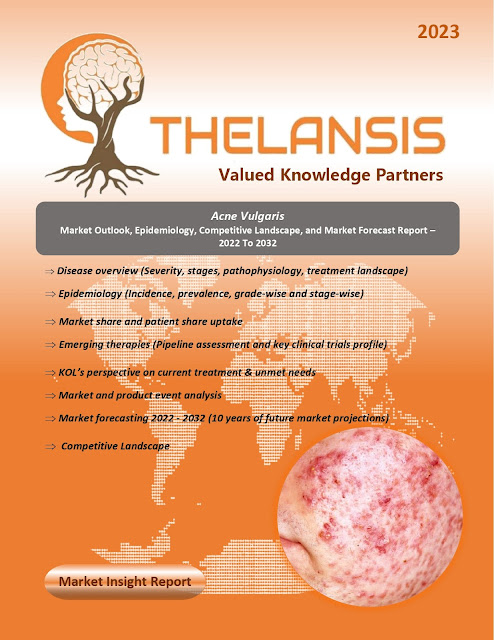Recurrent Head and Neck Squamous Cell Carcinoma (HNSCC) – Market Outlook, Epidemiology, Competitive Landscape, and Market Forecast Report – 2023 To 2033
Head and neck squamous cell carcinoma (HNSCC) presents a multifaceted challenge for clinicians due to its complexity. Recent understanding attributes human papillomavirus (HPV) infection as the primary cause, particularly in oropharyngeal squamous cell carcinoma (OPSCC), which constitutes approximately 60–70% of cases. While the majority of HNSCC patients are diagnosed at a stage amenable to definitive therapy, about 10% present with distant metastases. Notably, a significant portion of patients, particularly those with HPV-negative HNSCC, experience recurrence. Unfortunately, recurrent or metastatic HNSCC carries a bleak prognosis, with median survival ranging from 12 to 15 months despite treatment efforts. The standard approach involves a multidisciplinary strategy incorporating surgery, chemotherapy, and radiotherapy, primarily targeted towards locally advanced diseases.
Thelansis’s
“Recurrent Head and Neck Squamous Cell Carcinoma (HNSCC) Market Outlook,
Epidemiology, Competitive Landscape, and Market Forecast Report – 2023 To 2033"
covers disease overview, epidemiology, drug utilization, prescription share
analysis, competitive landscape, clinical practice, regulatory landscape,
patient share, market uptake, market forecast, and key market insights under
the potential Recurrent Head and Neck Squamous Cell Carcinoma (HNSCC) treatment
modalities options for eight major markets (USA, Germany, France, Italy, Spain,
UK, Japan, and China).
KOLs insights of Recurrent Head and
Neck Squamous Cell Carcinoma (HNSCC) across 8 MM market from the centre of
Excellence/ Public/ Private hospitals participated in the study. Insights
around current treatment landscape, epidemiology, clinical characteristics,
future treatment paradigm, and Unmet needs.
Recurrent
Head and Neck Squamous Cell Carcinoma (HNSCC) Market Forecast Patient
Based Forecast Model (MS. Excel Based Automated Dashboard), which Data Inputs
with sourcing, Market Event, and Product Event, Country specific Forecast
Model, Market uptake and patient share uptake, Attribute Analysis, Analog
Analysis, Disease burden, and pricing scenario, Summary, and Insights.
Thelansis Competitive Intelligence (CI) practice
has been established based on a deep understanding of the pharma/biotech
business environment to provide an optimized support system to all levels of
the decision-making process. It enables business leaders in forward-thinking
and proactive decision-making. Thelansis supports scientific and commercial
teams in seamless CI support by creating an AI/ ML-based technology-driven
platform that manages the data flow from primary and secondary sources.
Tags: Recurrent
Head and Neck Squamous Cell Carcinoma (HNSCC), Recurrent Head and Neck Squamous
Cell Carcinoma (HNSCC) market outlook, Recurrent
Head and Neck Squamous Cell Carcinoma (HNSCC) competitive
landscape, Recurrent Head and Neck Squamous Cell Carcinoma (HNSCC) market forecast, Thelansis, Primary market research, KOL
insights, Competitive Intelligence (CI)



%20Market%20Outlook%20and%20Forecast.webp)
Comments
Post a Comment